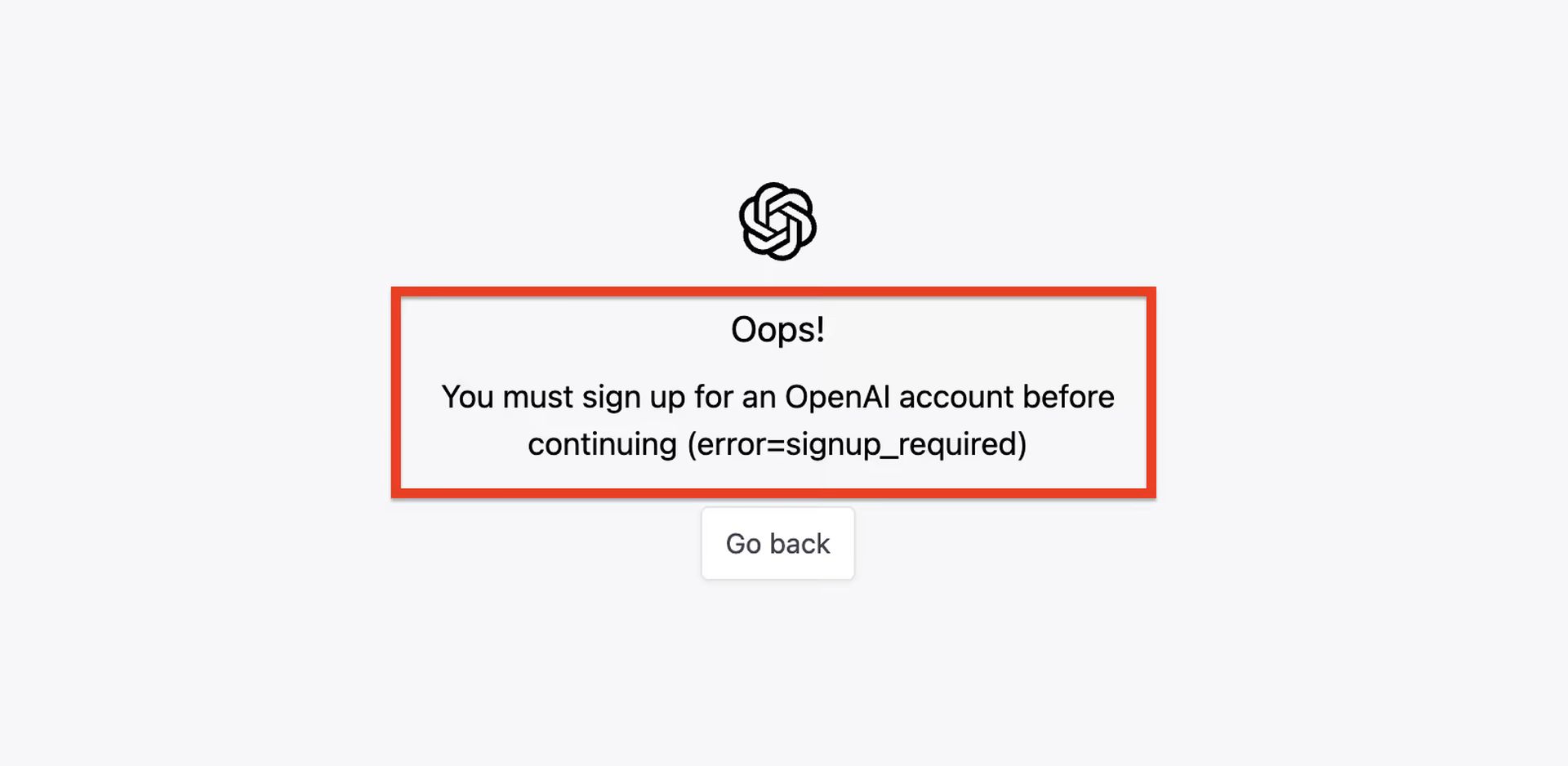Is Chat GPT down? It’s a question many users find themselves asking when their favorite AI assistant suddenly stops responding. This happens more often than you might think, due to server issues, maintenance, or even unexpected surges in demand. This guide will walk you through how to check the status, troubleshoot problems, and find alternatives if needed.
We’ll explore common causes of downtime, user experiences, and ways to minimize disruptions to your workflow.
Understanding the reasons behind service interruptions is key to managing your expectations and finding solutions. We’ll cover practical methods for checking the service’s status, including reliable websites and tools. Beyond troubleshooting, we’ll also look at alternative AI tools available should your primary service be unavailable, ensuring you stay productive even during unexpected downtime.
Website Status Checks
Keeping tabs on the health of a large language model (LLM) service is crucial for both users and developers. Reliable methods for verifying its operational status are essential to avoid disruptions and maintain productivity. This section details various approaches, tools, and indicators to ensure you’re always in the loop regarding service availability.
Methods for Verifying LLM Service Operational Status
Several methods exist for checking the status of an LLM service. These range from simple website checks to sophisticated monitoring tools. Direct API calls with error handling can provide immediate feedback, while third-party monitoring services offer a comprehensive overview of service uptime and performance.
Third-Party Website and Tools for Monitoring Service Availability
Many websites and tools are dedicated to monitoring the availability of online services. Below is a table showcasing some popular options.
| Website Name | URL | Features | Reliability Rating (out of 5 stars) |
|---|---|---|---|
| StatusCake | https://www.statuscake.com/ | Website monitoring, uptime alerts, performance testing | ⭐⭐⭐⭐ |
| UptimeRobot | https://uptimerobot.com/ | Website and API monitoring, uptime alerts, detailed reporting | ⭐⭐⭐⭐⭐ |
| Pingdom | https://www.pingdom.com/ | Website monitoring, performance testing, synthetic monitoring | ⭐⭐⭐⭐ |
| Datadog | https://www.datadog.com/ | Comprehensive monitoring platform for various applications and services, including LLM APIs. | ⭐⭐⭐⭐⭐ |
Using a Specific Website to Check Service Status, Is chat gpt down
Let’s take UptimeRobot as an example. To monitor an LLM service, you would create a new monitor, specifying the API endpoint or website URL. UptimeRobot will then periodically check the service’s availability and send alerts if issues arise. The process typically involves creating an account, adding a monitor, configuring alert settings (email, SMS, etc.), and reviewing the monitoring dashboard for status updates.
Examples of Error Messages or Indicators of Service Unavailability
Common indicators of LLM service downtime include: “Service Unavailable,” “500 Internal Server Error,” “Connection timed out,” slow or unresponsive interfaces, and API requests returning errors indicating server issues. Specific error messages will vary depending on the service and the nature of the problem.
So, is ChatGPT down? It’s frustrating when AI tools go offline, but hey, at least you can check out some other exciting developments while you wait. For example, the future of logistics might be in the air, and you can learn more about investing in that future by checking out the potential of drone delivery Canada stock.
Hopefully, ChatGPT will be back up soon; until then, explore some alternative avenues for your time.
User Reported Issues
Understanding the user experience during service disruptions is vital for improving service reliability and user satisfaction. This section details common user experiences, potential causes, and the impact on user workflows.
Common User Experiences During Service Disruptions
Users encountering LLM service disruptions often report a range of problems. These problems significantly impact productivity and workflow.
- Complete outage: Inability to access the service entirely.
- Slow response times: Significant delays in receiving responses from the LLM.
- Specific feature failures: Certain functionalities of the service are unavailable while others work correctly.
- Error messages: Encountering various error messages indicating service problems.
- Inconsistent results: Receiving unexpected or inaccurate outputs from the LLM.
Potential Causes for Reported Outages
Several factors can contribute to LLM service disruptions. Identifying the root cause is critical for implementing effective solutions.
- Server overload: High demand exceeding the capacity of the service’s infrastructure.
- Scheduled maintenance: Planned downtime for upgrades or maintenance activities.
- Software bugs: Unexpected errors in the LLM’s code or underlying systems.
- Network issues: Problems with internet connectivity or network infrastructure.
- Third-party dependencies: Issues with external services the LLM relies upon.
Impact of Service Disruptions on User Workflows and Productivity
LLM service disruptions can significantly impede user workflows and reduce productivity, particularly for users heavily reliant on the service. This can lead to project delays, missed deadlines, and frustration.
Alternative Solutions & Workarounds
Having backup plans in place is crucial when dealing with LLM service downtime. This section explores alternative language models and strategies to maintain productivity during outages.
Alternative Language Models and Tools
Several alternative LLMs and tools can provide similar functionalities to the primary service. Choosing the right alternative depends on specific needs and requirements.
| Service Name | Key Features | Pricing | Limitations |
|---|---|---|---|
| OpenAI’s GPT-3 | Powerful text generation, various API endpoints | Pay-as-you-go | Can be expensive for high usage |
| Google AI Platform | Access to various Google AI models, scalable infrastructure | Pay-as-you-go | Requires familiarity with Google Cloud Platform |
| Cohere | Focus on business applications, various models available | Pay-as-you-go | May have less community support compared to OpenAI |
Step-by-Step Guide for Using an Alternative Service
Let’s illustrate using OpenAI’s GPT-3 API. First, you’ll need an OpenAI account and API key. Then, use the API to make requests, specifying the desired prompt and parameters. The response will contain the generated text. Detailed documentation and code examples are available on the OpenAI website.
So, is ChatGPT down? It’s frustrating when these AI tools go offline, but hey, maybe you could use the downtime productively. Check out the potential for investment in the future with drone delivery Canada stock , a rapidly growing sector. Then, once you’re done exploring that, you can see if ChatGPT is back up and running.
Decision-Making Process for Selecting an Appropriate Alternative
A flowchart would visually represent the decision process. The process would involve assessing the task’s complexity, required features, budget constraints, and familiarity with different platforms. The flowchart would guide users to the most suitable alternative based on their specific needs.
Impact of Downtime on Users

The consequences of LLM service downtime extend beyond individual users, impacting various groups and their workflows. This section explores the ripple effects across different user communities.
Ripple Effects of Downtime on Various User Groups
The impact of downtime varies depending on the user’s profession and reliance on the LLM service. Students may face delays in completing assignments, professionals might experience disruptions in their workflows, and researchers could encounter setbacks in their projects.
So, is ChatGPT down? It happens sometimes, those AI things are finicky. But hey, while you’re waiting, why not check out what drones Canadian Tire has to offer? You can find some cool options at drone canadian tire. Maybe a new hobby while you wait for ChatGPT to come back online?
Is ChatGPT down yet?
Scenario Depicting Consequences of Prolonged Service Interruption

Imagine a team of data scientists relying on a specific LLM for analyzing large datasets. A prolonged outage could halt their analysis, delaying critical insights and potentially affecting business decisions based on those insights. The cost of such delays could be significant, both financially and in terms of missed opportunities.
User Strategies to Minimize the Impact of Downtime
Users can adopt various strategies to mitigate the impact of downtime. These include using offline tools, exploring alternative solutions, and scheduling tasks strategically to avoid peak usage times.
Potential User Reactions to Downtime
User reactions to downtime are diverse and depend on factors such as the severity and duration of the outage, the importance of the service, and the provider’s communication.
- Frustration: Feeling annoyed and inconvenienced by the disruption.
- Anger: Expressing dissatisfaction and potentially seeking compensation.
- Understanding: Accepting the situation as an unavoidable event.
- Indifference: Showing little or no reaction if the service is not critical.
Communication & Transparency: Is Chat Gpt Down
Effective communication during service disruptions is crucial for maintaining user trust and minimizing negative impacts. This section emphasizes the importance of timely and accurate updates.
Importance of Timely and Accurate Communication
Open and honest communication from service providers during outages is essential. It helps manage user expectations, reduces anxiety, and prevents the spread of misinformation.
Examples of Effective Communication Strategies
Successful companies often employ strategies such as proactive notifications, regular updates, and clear explanations of the situation and estimated resolution time. They may also provide workarounds or alternative solutions.
Elements of a Well-Structured Service Status Update

A well-structured service status update should include a concise problem description, the affected services, the estimated resolution time, and available workarounds. It should also clearly communicate the steps being taken to resolve the issue.
Sample Service Status Update Message

“We are currently experiencing an outage affecting our LLM service. The issue is related to a database problem, and our engineers are working diligently to restore service. We estimate a resolution time of 2 hours. In the meantime, you can try using our alternative API endpoint [link]. We will provide further updates every 30 minutes.”
Summary
Experiencing downtime with your AI assistant can be frustrating, but being prepared makes a big difference. By knowing how to check service status, identify potential causes, and utilize alternative solutions, you can minimize disruptions and maintain productivity. Remember, timely communication from service providers is vital, and understanding the potential impact of downtime on different user groups helps manage expectations and build resilience.
So, the next time you wonder, “Is Chat GPT down?”, you’ll be equipped to handle the situation effectively.
FAQ Compilation
What are the common causes of AI service outages?
Common causes include server overload, scheduled maintenance, software bugs, and network issues.
How long do outages typically last?
This varies greatly. Minor issues might resolve in minutes, while major outages could last for hours or even days.
Are there any ways to prevent downtime from affecting my work?
Yes! Save your work frequently, use version control, and explore alternative AI tools as backups.
Where can I find official updates on service status?
Check the service provider’s website, social media, or support channels for official announcements.